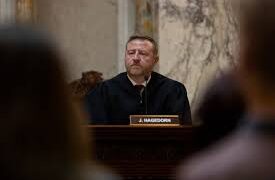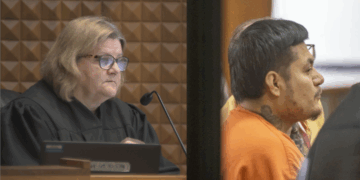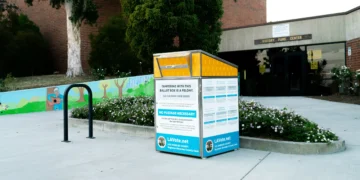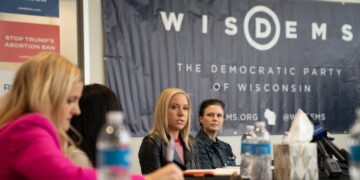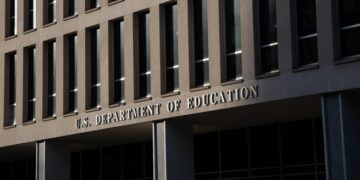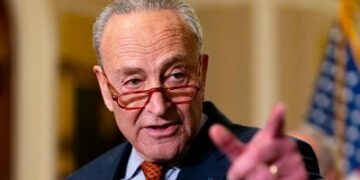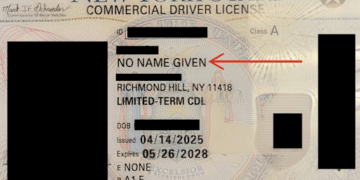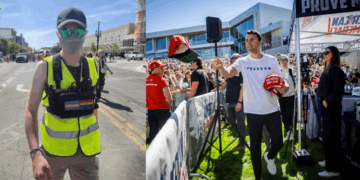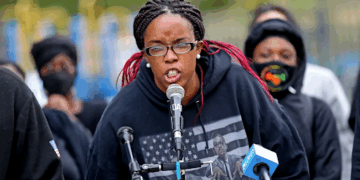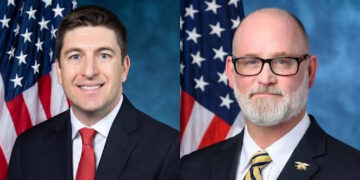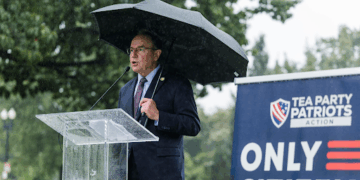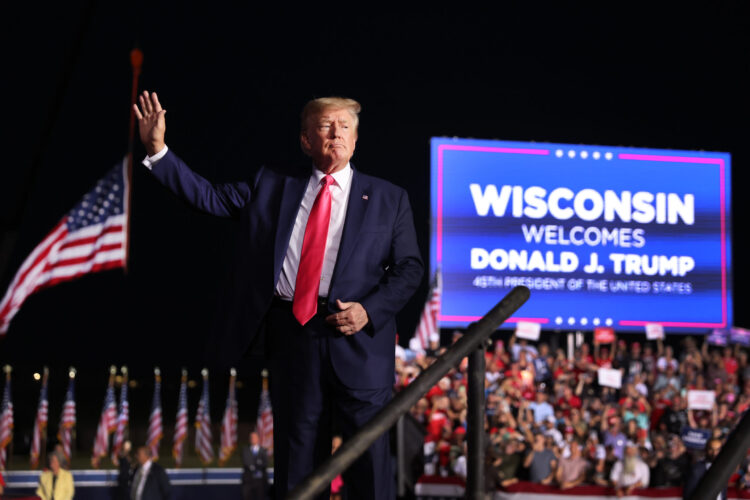Wisconsin, a key battleground state, has been closely watched in recent years due to its potential to swing the outcome of national elections. President Trump’s upcoming appearance in Green Bay is a clear indication of the state’s continued importance in the upcoming Presidential election.
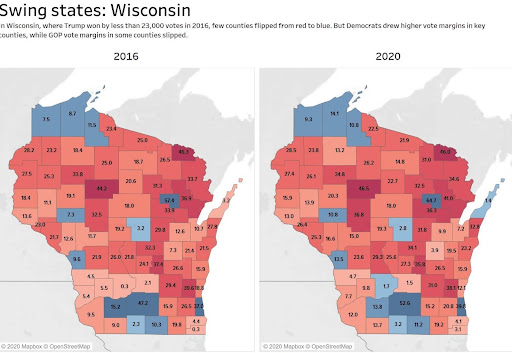
In political campaigns, time is currency. Investing resources in voter contact, mail and digital ads in key areas can mean being on the right side of razor thin margins of victory here in Wisconsin.
President Trump and his team are investing time in Wisconsin precisely for this reason.
Trump leads Biden 47% to 43% across seven battleground states, per the March survey conducted by Bloomberg News/Morning Consult — but President Biden is gaining ground against Trump for the first time in five months. Biden is backed by 46% of registered voters in Wisconsin while 45% support Trump in a head-to-head battle. We are likely to see fluctuating poll numbers up until the day of the election.
Wisconsin has historically been a swing state, and ticket splitting being a common occurrence. In the 2020 presidential election, Wisconsin played a crucial role in deciding the outcome, with President Biden narrowly winning the state over incumbent President Donald Trump by about 20,000 votes.
Key persuadable issues in recent elections range from healthcare, the economy, education, and environmental concerns. This cycle is likely to see a rising importance of kitchen table issues such as rising food costs, inflation, interest rates and so much more.
The 2024 presidential cycle in Wisconsin is underway, with both candidates actively campaigning and engaging with voters across the state. The variance in polling and trends suggests a competitive race.
Some key factors to watch in Wisconsin include voter turnout, particularly in swing counties, and campaign strategy. High voter turnout, especially in urban areas like Milwaukee and Madison, could significantly impact the election results. Counties like Waukesha, Brown, and Dane, which have shown fluctuating support for different parties in past elections, will be closely watched for their role in determining the outcome. Both campaign’s messaging, outreach efforts, and ground game will be a determining factor in the upcoming elections.
Additionally, legal and administrative challenges will also play a factor in determining Wisconsin’s electoral votes. Like in previous elections, legal challenges related to voting procedures, mail-in ballots, and voter registration may arise and could potentially influence voter turnout and the final results. The state’s election administration and enforcement of voting laws will also be under scrutiny to ensure a fair and transparent electoral process.
Wisconsin’s presidential election will be a competitive and closely contested race, with both parties actively campaigning to secure victory in this critical battleground state. As the election approaches, developments in voter sentiment, campaign strategies, and legal challenges will continue to shape the outcome and determine Wisconsin’s role in national politics.
Aware of a building sense of urgency, newly elected RNC Chair Michael Whatley issued a memo to party officials over the weekend promising that the committee is “building on our existing programs and expanding our outreach at the RNC.”
He vowed to “re-engage America’s working voters,” continue to engage rural voters, and grow Trump’s support “with demographics who have not traditionally voted for our candidates…”

